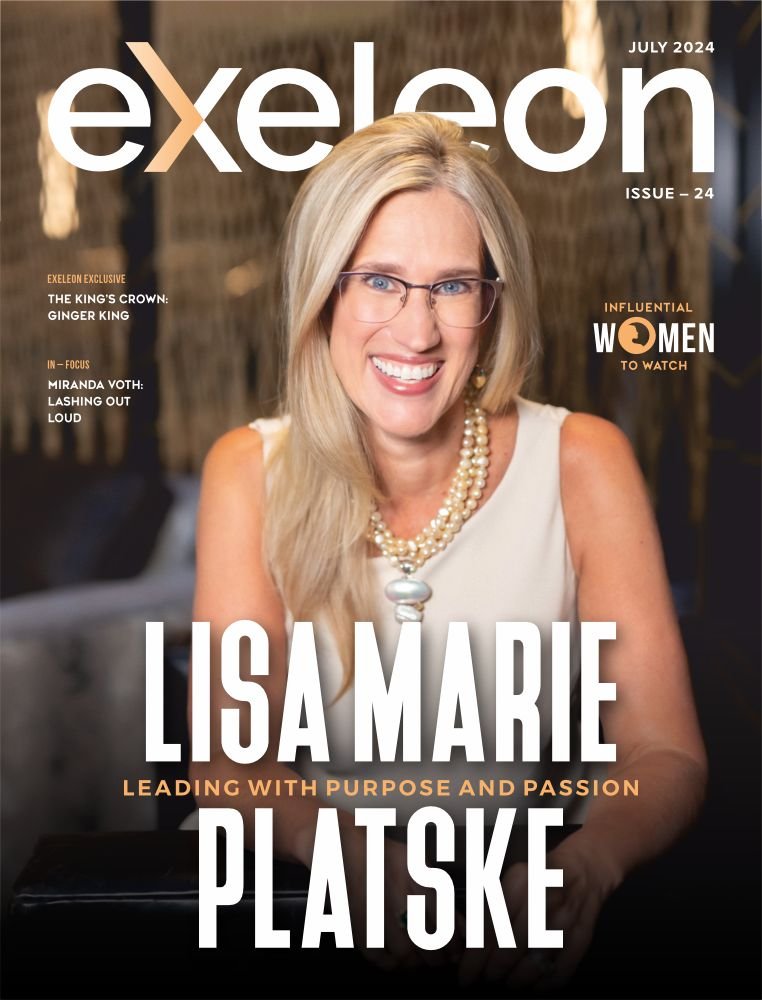
Structured interviews can eliminate confirmation bias by ensuring that all candidates are asked the same questions and evaluated using a consistent rating system. They can also help hiring teams optimize interview time and make data-driven decisions instead of emotional ones.
Another benefit of structured interviews is that they provide quantitative data, allowing for better comparison of candidates. They can also reduce stress on the interviewers by removing prep work and providing predetermined open-ended questions.
Keep It Simple
Structured interviews are an objective, reliable, and legally defensible hiring method that has been shown to reduce discrimination in the workplace. They also reduce interview bias, enabling recruiters and hiring managers to focus on the quality of candidates’ answers to questions rather than personal preferences, preconceived notions about men and women, or how they think good responses should look.
Interviews must be structured and guided by job-related standardized questions and a rating system. It enables hiring teams to maximize their time and gather the necessary information to make an intelligent hire, not a knee-jerk reaction.
Structured interview process require consistency and training for interviewers, but when implemented correctly, they can provide a valuable tool that will benefit the candidate, recruiter, and hiring manager. When paired with work samples, tests, and other methods, a structured interview process can deliver a fair, effective, and efficient hiring solution that will contribute to your organization’s strong and diverse team.
Preparation is Key
One of the most important things to remember when using structured interviews is that it requires some upfront prep work. Preparation ensures that interviewers know the questions they will ask and the rating system they will use to evaluate candidates. It also helps reduce unintended rater bias and keeps candidates’ responses consistent.
Structured interviews are a great way to assess hard-to-measure skills like communication and critical thinking. They also allow hiring managers to focus on specific job duties and avoid judging a candidate based on personal impressions or biased assumptions.
Unstructured interviews, on the other hand, can lead to affinity bias, where interviewers prefer similar candidates. It is especially true if the interviewer is a woman or a person of color. Structured interviews eliminate this issue by asking the same questions to all candidates and evaluating them based on their answers, not the interviewer’s opinions or biases. It can help employers make more objective and fair hiring decisions that are legally defensible.
It’s a Two-Way Street
In addition to reducing bias and discrimination by creating a standardized interview experience, structured interviews also improve efficiency for the talent acquisition team. Using interview intelligence (like Harver’s 1-way video interviews) reduces rater errors and allows interviewers to optimize their time with each candidate while still evaluating them against the job’s competencies.
On the other hand, unstructured interviews can be influenced by interviewers’ personal preferences and biased questions. While they can help candidates build rapport, they often need consistency and objectivity.
Structured interviews can evaluate cognitive ability, situational judgment, and personality. However, they are especially effective for assessing hard-to-measure qualities such as leadership, work ethic, and interpersonal skills. The best way to evaluate these traits is with a series of predetermined, open- and closed-ended questions that are job-focused and based on a thorough job analysis. It enables the hiring team to make informed decisions that benefit both the candidate and the organization.
Don’t Overdo It
The goal of structured interviews is to provide each candidate with a similar experience, which means asking the same questions in the same order. While this does take some upfront prep, it enables a more objective evaluation of each candidate and reduces bias in the interview process.
While unstructured, conversational interviews may be a familiar format for interviewing candidates, they’re notoriously ineffective at predicting a candidate’s success once hired and prone to hiring bias. Instead, ask questions based on the job requirements and use a structured interview process backed by data.
Fair and effective hiring practices aren’t just important to comply with employment laws; they’re essential for the health of your organization. Learn how to implement and optimize structured interviews with this step-by-step guide.









